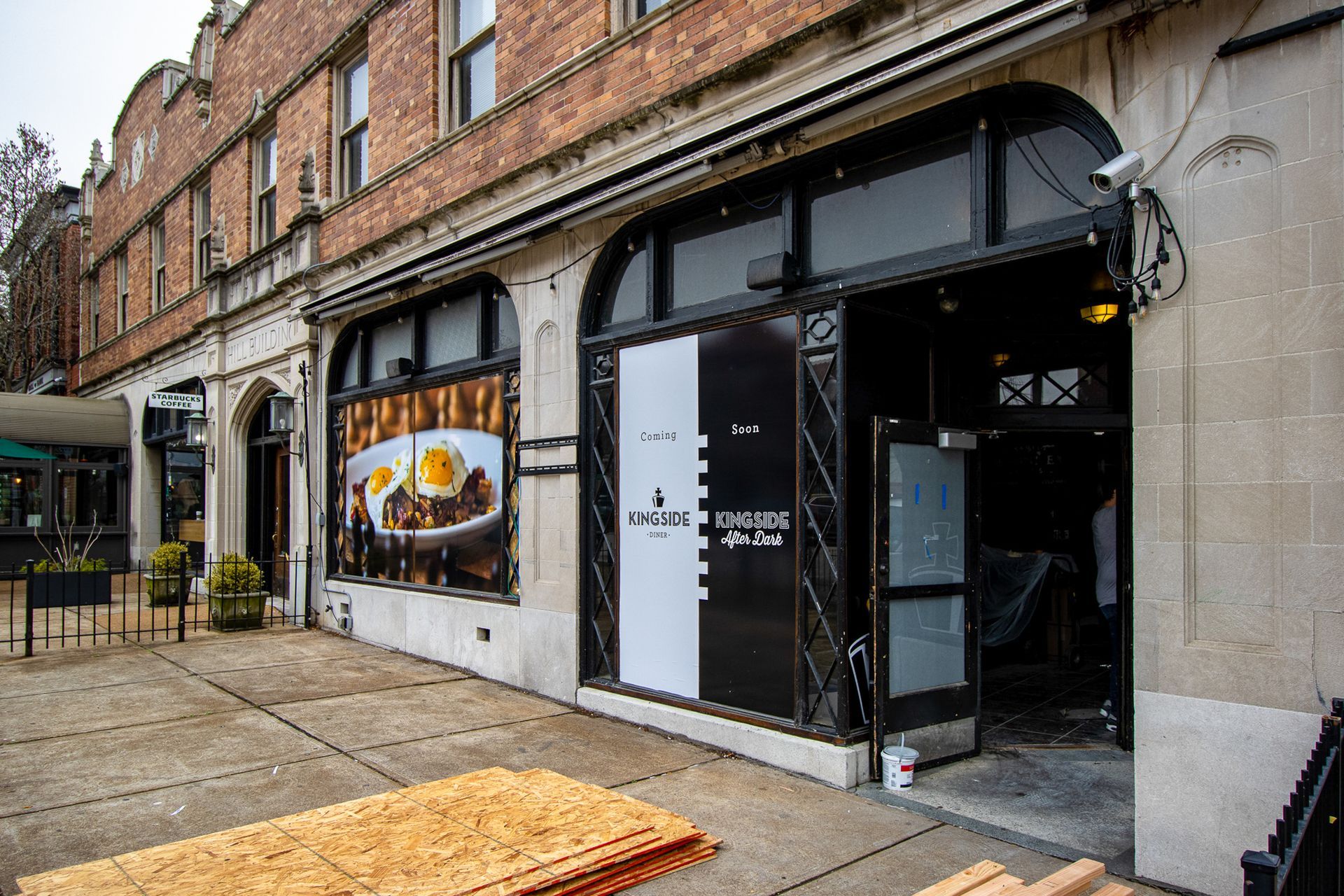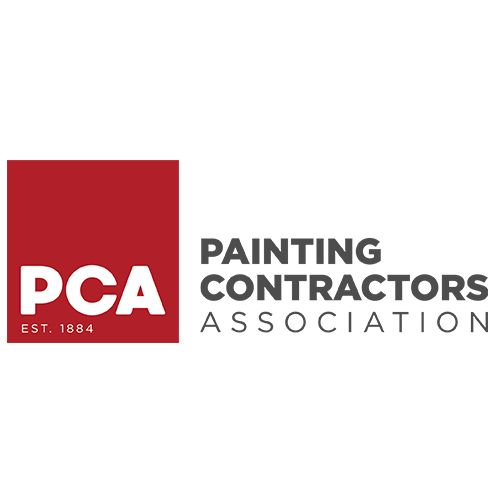Commercial painting plays a vital role in enhancing the aesthetics and durability of buildings. Like many industries, commercial painting has a storied history, and technological advancements have shaped the field throughout history. In this blog post, we will journey through time and explore the general history of commercial painting, from the earliest painting kits used on cave walls to the modern technology employed by professionals today.
The Earliest Painting Techniques
Long before commercial buildings existed, humans expressed their creativity through painting. Cave paintings provide fascinating evidence of the earliest forms of painting. These primitive artists used natural pigments such as ochre and charcoal to depict their surroundings. Archaeologists have found the oldest known painting kits in South Africa, dating them back to the Stone Age. Humans used tools like bone, sticks, and even their fingers to apply the pigments on cave walls. These early painting kits laid the foundation for developing today’s painting techniques and tools.

Exterior Coatings in the 19th and 20th Centuries
With the rise of industrialization and the construction of commercial buildings in the 19th and 20th centuries, the need for exterior coatings became apparent. Traditional paint materials gave way to oil-based paints, which offered superior durability and weather resistance. These coatings protected buildings from harsh elements and added vibrant colors to the urban landscape. The introduction of protective coatings marked a significant milestone in the evolution of commercial painting.
Ready Mix Paints and the Post-Civil War Era
Following the Civil War, advancements in paint manufacturing processes revolutionized the industry. Ready-mix paints became popular due to their convenience and consistent quality. Unlike earlier times when paints were mixed on-site, ready-mix paints were pre-mixed and ready to use, allowing for efficient application. This innovation made paints more accessible and affordable, making commercial painting a viable option for a broader range of businesses.
Color Chips and Matching Technology
The early 20th century witnessed the emergence of standardized color charts and color chips. These standardized references enabled professionals to select and reproduce colors accurately. Additionally, advancements in color-matching technology made it easier to match existing paint colors, ensuring seamless repairs and renovations. The ability to achieve precise color selection became a game-changer in commercial painting, allowing businesses to create consistent brand identities and cohesive design aesthetics.
The Focus on Design and Decoration in the 20th Century
As architectural styles evolved, commercial painting took on a new role in design and decoration. Each architectural movement influenced how commercial spaces were painted, from art deco to modernism. Decorative techniques and textured finishes gained popularity, giving businesses unique opportunities to express their brand personality through creative painting solutions. Commercial painting became integral to creating a memorable customer experience and enhancing brand recognition.
Modern Technology in Commercial Painting
Modern technology has revolutionized the commercial painting industry, enabling professionals to work more efficiently and safely. Advanced tools and equipment like scissor lifts and aerial platforms have made it easy to reach high areas, ensuring thorough coverage and uniformity. Paint booths, equipped with controlled environments, allow for flawless finishes and reduce the risk of environmental contamination. Integrating technology into painting processes has elevated the quality and speed of commercial painting projects.
From the earliest cave paintings to the modern technology employed by professionals like SmithPro Commercial Painting, the history of commercial painting is a testament to human creativity and innovation. The industry has evolved significantly over time, incorporating new materials, techniques, and technologies.

Connect with SmithPro Commercial Painting
Today, commercial painting is not just about protecting surfaces; it is an art form that adds beauty and value to commercial spaces. Our SmithPro team has decades of experience serving the St. Louis area and expertise in many types of projects. Check out our past work on our website, and let’s talk about your project today!











